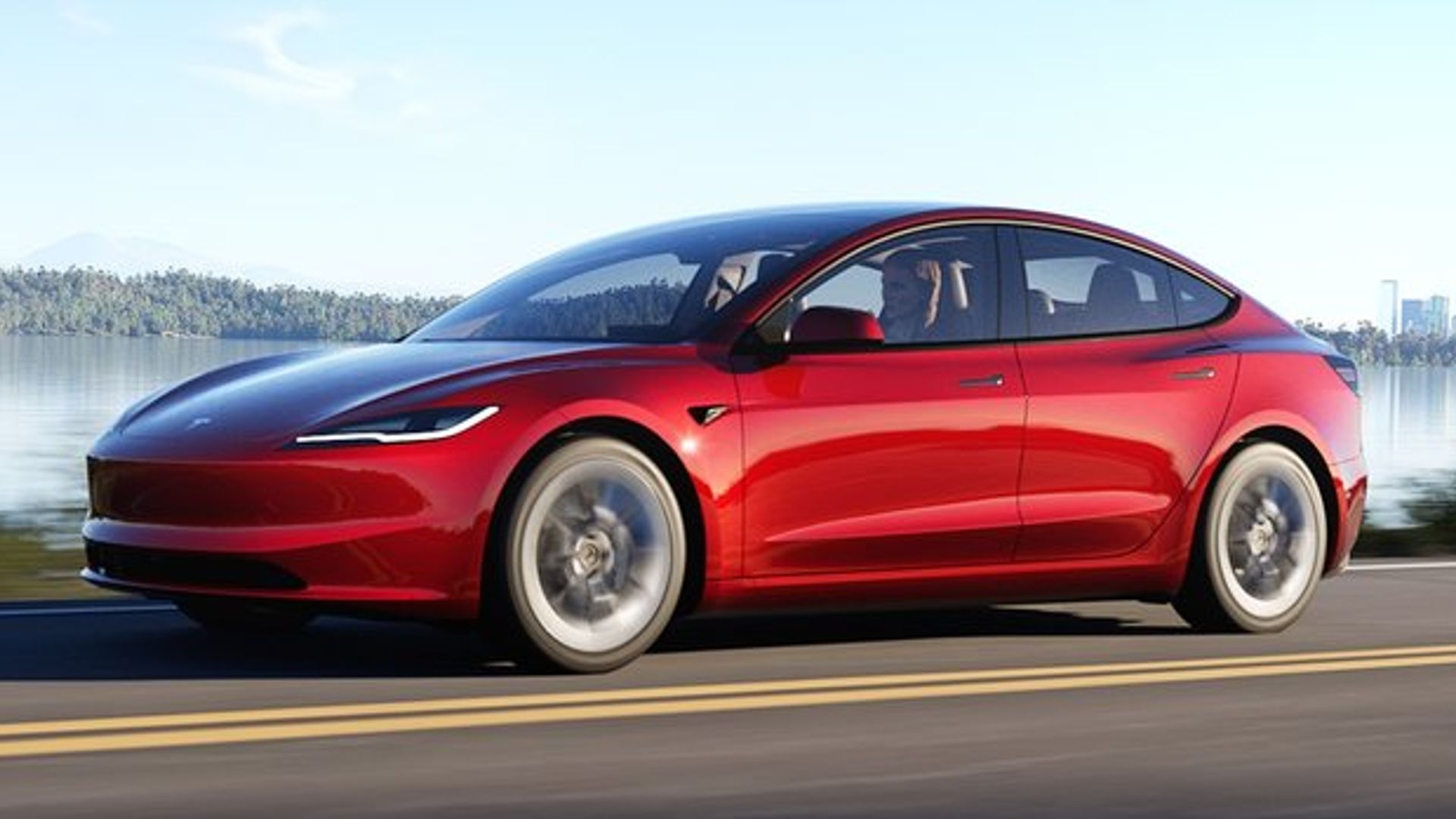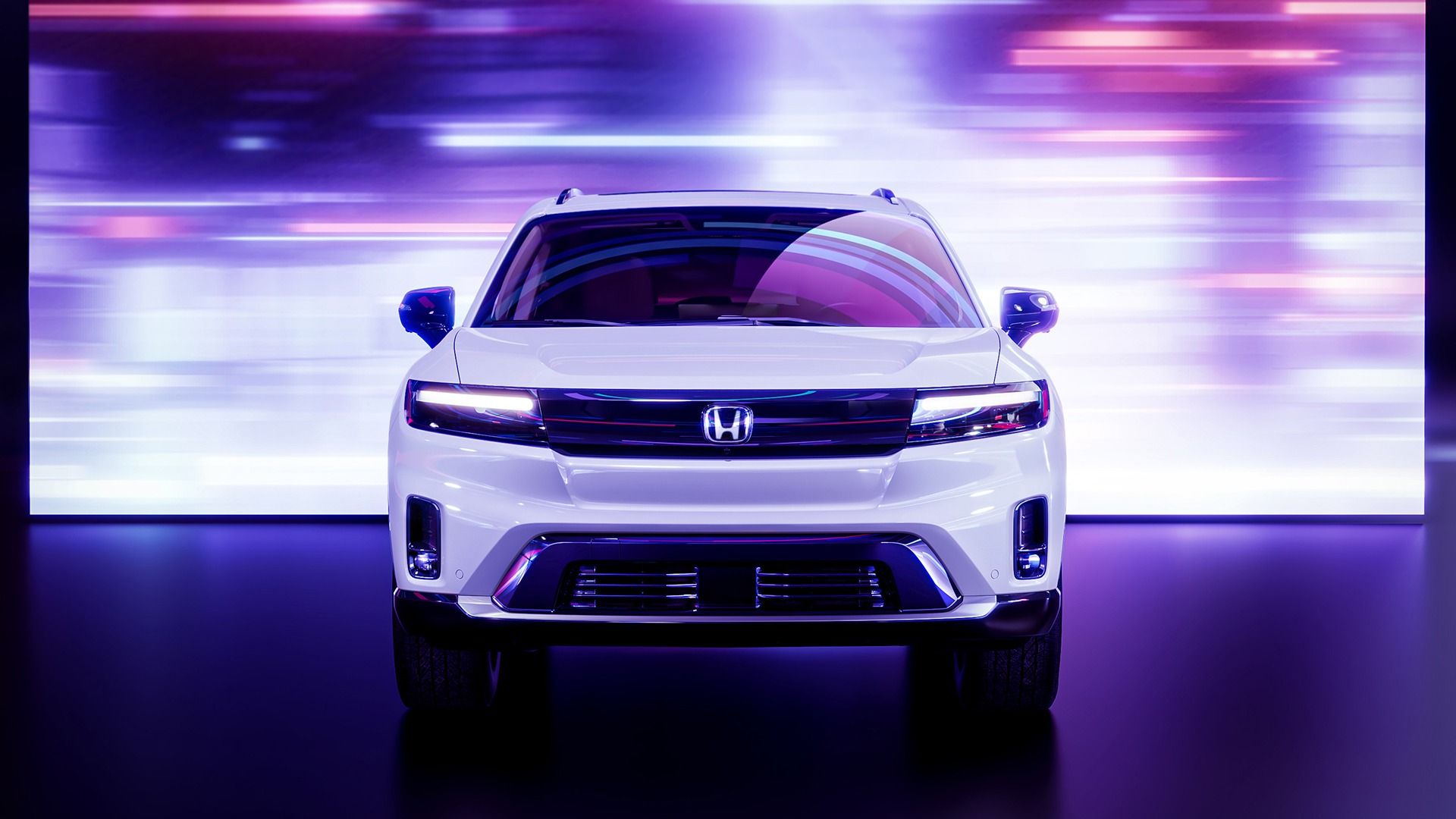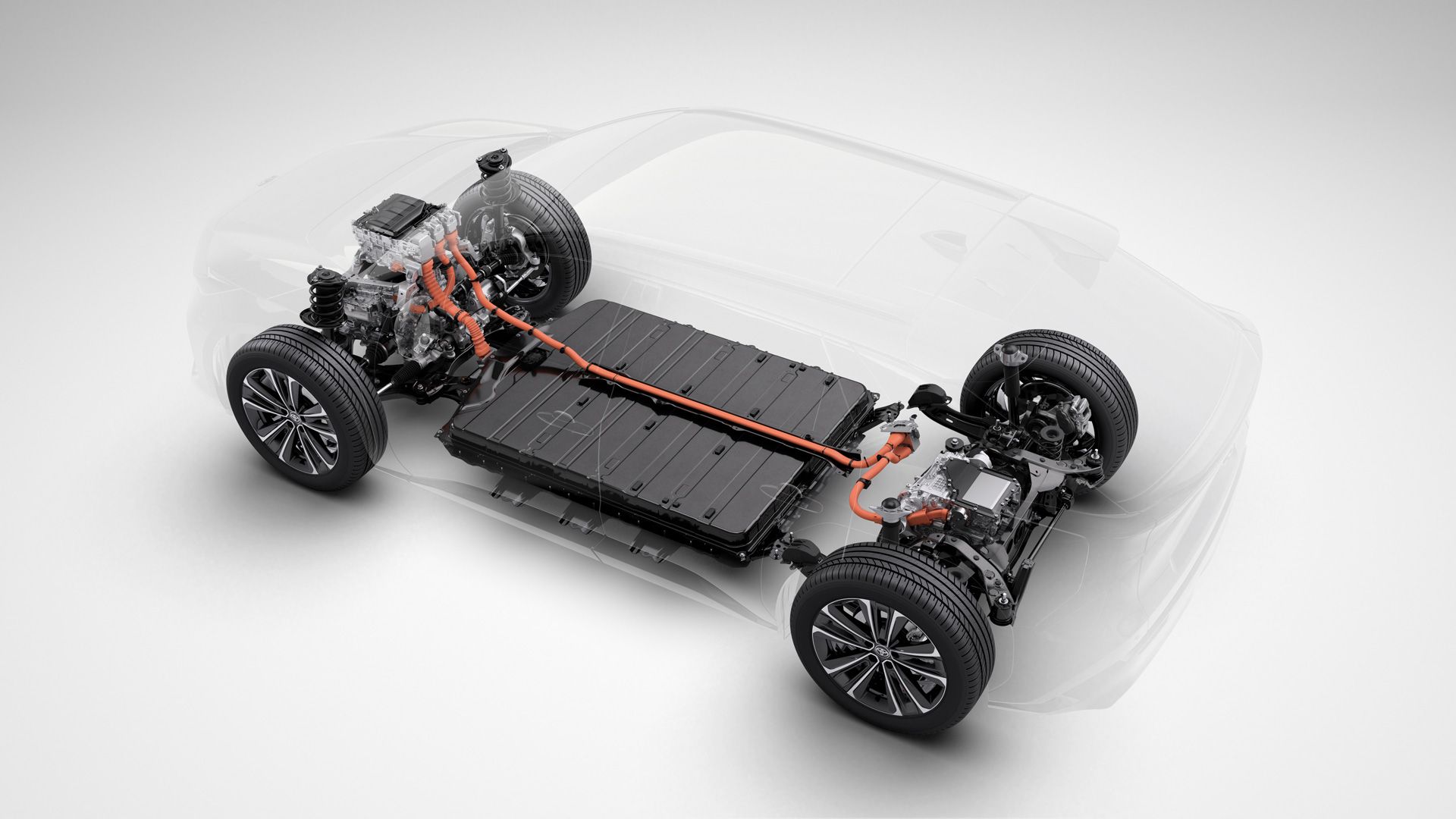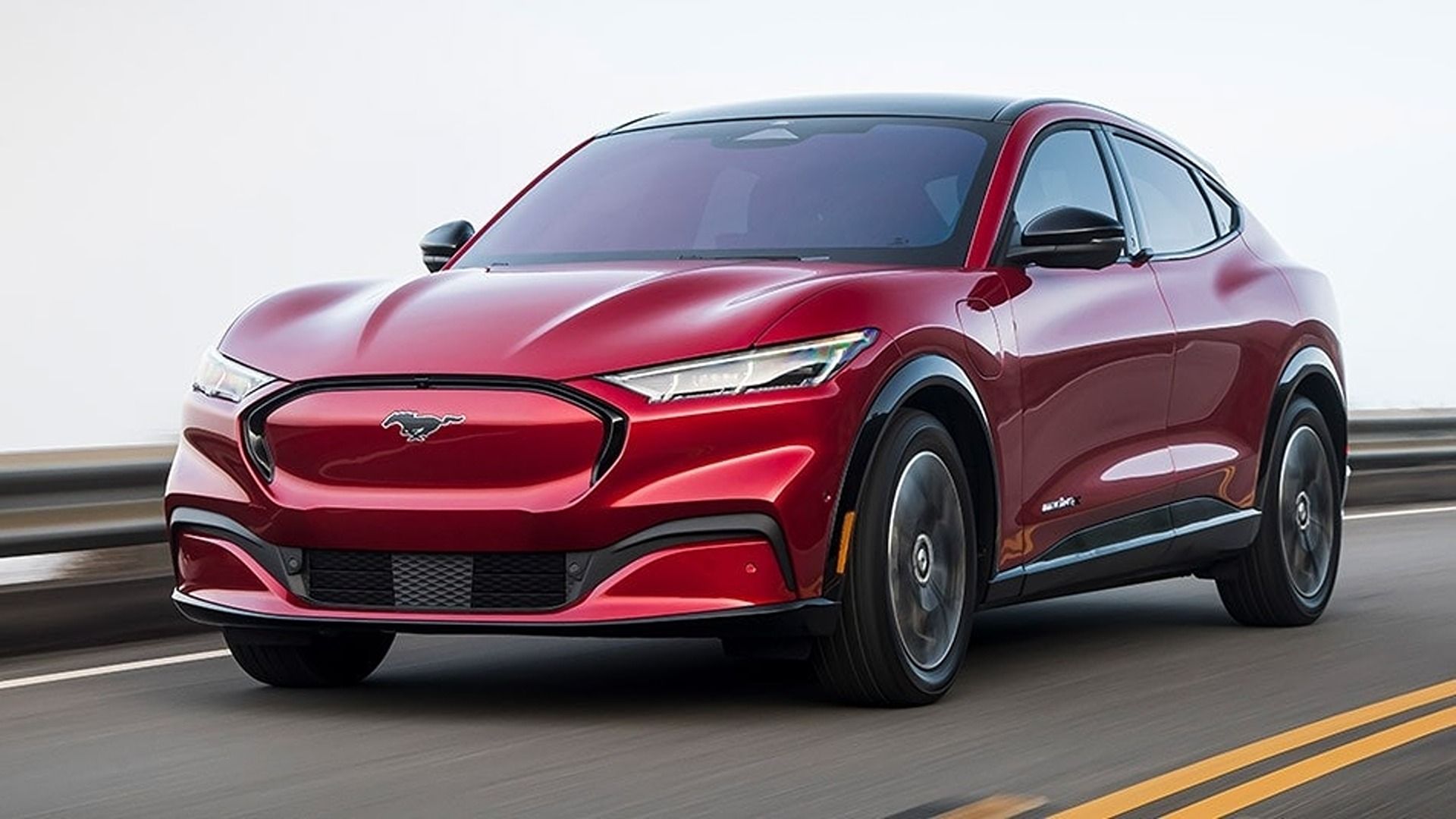It is what’s on everybody’s mind heading into 2024: Which models are eligible for the electric car tax credit? As we move out of 2023 and into 2024, there are some updates to this federal tax credit, as well as some models no longer making the list.
A big part of the Inflation Reduction Act was to bring green energy and manufacturing back to U.S. shores, with the electric car tax credit being one of the many parts of new legislation approved by President Biden. In the electric and hybrid-electric space, you see tax credits between $3,750 and $7,500 based on the following criteria: a vehicle’s battery production location and its materials sourcing location.
So, adding both criteria together, you have $3,750 for the sourced location and production for your electric car and, more specifically, the battery. As we move into 2024, there will be some models that no longer make the cut, which may impact your decision on which vehicle comes home with you, and which ones stay at the dealership.
We’re all looking for ways to cut down on car ownership costs, and a tax credit of up to $7,500 can make a world of difference. Therefore, this article will cover what changes in 2024 for the electric car tax credit and what popular models are eligible, and which are not. Stay tuned!

Here’s What EPA Has Shared About The Tesla Cybertruck’s Battery And Charging
The detailed report from the Environmental Protection Agency (EPA) unveils crucial insights into the highly anticipated Cybertruck.
In order to give you the most up-to-date and accurate information possible, the data used to compile this article was sourced from the IRS, the EPA, and other authoritative sources, including Reuters, The New York Times, and internal TopSpeed articles.
The Electric Car Tax Credit Is Changing In 2024
- The electric car tax credit is tightening up battery and component sourcing requirements.
- Vehicles mainly made and sourced in the United States will receive larger credits.
Entering 2024, there are a few new things to be aware of regarding the electric car tax credit given to U.S. auto shoppers looking for an EV or PHEV. Starting this new year, you’ll see some brands losing their full or partial credits due to changes in how the criteria are rated and applied.
For example, battery production sites and other part sourcing have to be from U.S. soil for full tax credits to be applied to shoppers. Therefore, if your EV or plug-in hybrid model is made overseas entirely, do not expect a break when you file your annual taxes in April.
Moreover, 2024 marks the beginning of a point-of-sale tax credit, which essentially gives immediate savings to car shoppers if the model they want meets the Biden administration’s requirements. Although the fight for clean, electric driving is in full force, many of these rebates and breaks on EVs were created to increase U.S. production of batteries and other parts used to construct these gas-free cars.
At the end of the day, it’s an effort to make America a powerhouse in electric manufacturing. Everything else trickles down to you, the buyer.
It’s Better To Shop American-Made EVs If You Want A Tax Credit
One important detail to remember about the 2024 electric car tax credit is that the more American the car, battery, and parts, the closer you’ll get to the $7,500. Again, there are two tiers, one being the battery’s origin and the second being where the internal components were sourced.

10 Things You Need To Know About The Tesla Model 3 Refresh
The Tesla Model 3 Refresh intends to stay ahead of the pack as America’s favorite electric sedan, with new updates and a commitment to excellence.
New Battery Requirements Affect Tax Credits This Year
One of the most important factors regarding this year’s electric car tax credit update is the battery criteria. Per the newest regulations, models must source minerals for their batteries from US/North American soil, with a strong push against China being apparent.
To create batteries for EVs, you have to gather various materials, including minerals sometimes found at the bottom of the ocean, which the Biden administration hopes to shift even further to the United States by strengthening these protocols.
Key Battery Requirements For 2024
- Critical battery minerals: At least 50 percent, this was 40 percent in 2023, of the critical minerals in a vehicle’s battery must have been either recycled in the United States or extracted/processed somewhere that has a free trade agreement with the USA. This is to bring more auto jobs and manufacturing to the United States and its allies.
- Battery components: To qualify for the remaining $3,750 credit, at least 60 percent (this was 50 percent last year) of the EV’s battery components must be manufactured or assembled in the United States or any country that has a free-trade agreement with them.

Here’s Honda’s Solution To The Biggest Solid-state Battery Problem
Honda may have solved one of the most common ways EV batteries wear out, thus proving to be a blessing for potential future EV owners.
Some Models No Longer Meet The 2024 Electric Car Tax Credit Guidelines
Some of the not-so-great news coming out surrounding the 2024 tax credit update is that many companies producing EVs under the threshold of U.S. production and sourcing requirements lose their incentives. Here are some of the automakers who will see partial or full cuts to their federal tax credit incentives beginning January 1st, 2024:
- Audi
- BMW
- Genesis
- Nissan
- Rivian
- Volkswagen
- Volvo
- Electric cars from Kia and Hyundai also do not qualify because they are manufactured outside North America.
Therefore, you can see quite a few popular brands and their electric models lose access to this once-coveted marketing strategy. We’ll wait to see how they handle this blow but expect deals with similar incentives (just not via the United States government.
The most talked about model losing part of its credit is the ever-popular Model 3. This includes the base RWD and long-range variants‘ batteries that will no longer qualify for credit under this program. However, the Performance trim does qualify thanks to its battery, so that’s a nice $7,500 off.
Electric Cars That DO Qualify For A $7,500 Tax Credit In 2024
Now that the doom and gloom above is over, there are plenty of models that will be included on the list of acceptable, mainly US-made and sourced EVs for this new year. These include:
- Cadillac Lyriq
- Chevrolet Blazer
- Chevrolet Bolt
- Chevrolet Bolt EUV
- Chevrolet Equinox
- Chevrolet Silverado
- Chrysler Pacifica PHEV
- Ford F-150 Lightning
- Lincoln Aviator Grand Touring
- Tesla Model 3 Performance
- Tesla Model Y (All-Wheel Drive, Long Range All-Wheel Drive and 2022 Performance)
EVs That Qualify For Partial Tax Credits In 2024
Other vehicles qualify for partial ($3,750) tax credits this year, including:
- Ford Escape Plug-in Hybrid
- Ford E-Transit
- Ford Mustang Mach-E
- Jeep Grand Cherokee PHEV 4xe
- Jeep Wrangler PHEV 4xe
- Lincoln Corsair Grand Touring
- Tesla Model 3 Standard Range Rear Wheel Drive
Therefore, you still get half the $7,500 for your credits, although this is a disappointment for 2024 EV shoppers wanting one of these specific models for less.

Warning Signs Your Car Battery Is Dying
Having a failing EV battery can be concerning and is something you need to look out for. Here are the top warning signs that your battery is dying.
2024 Will Be The Year Of American-made Electric Vehicles
- American-made and sourced EVs will receive the greatest tax credits.
- Many auto manufacturers are expected to rely more on U.S. production and sourcing once this goes into effect.
With everything changing for the federal EV tax credit this year, it’s worth noting that overall, U.S. automakers will not see dramatic changes in their status. With sourcing and battery production slowly inching its way back to the United States, these types of measures are in place to continue the trend. Make sure and check with your dealer before making any purchases in 2024, or try to get your hands on an EV in 2023 before the credit requirement criteria goes into effect.
There are upsides to this, like the new point-of-sale credit, allowing for automakers to give X amount off a car upfront, versus needing to supply you with the information to later use while filing your taxes in April. Again, the list of Yes’s and No’s for EV tax credits is changing by the month, and we’re certain many automakers will fight to have their models on the YES list by producing and sourcing more of their EV components in the U.S. Happy driving and New Year!
This article was originally published by a www.topspeed.com . Read the Original article here. .



